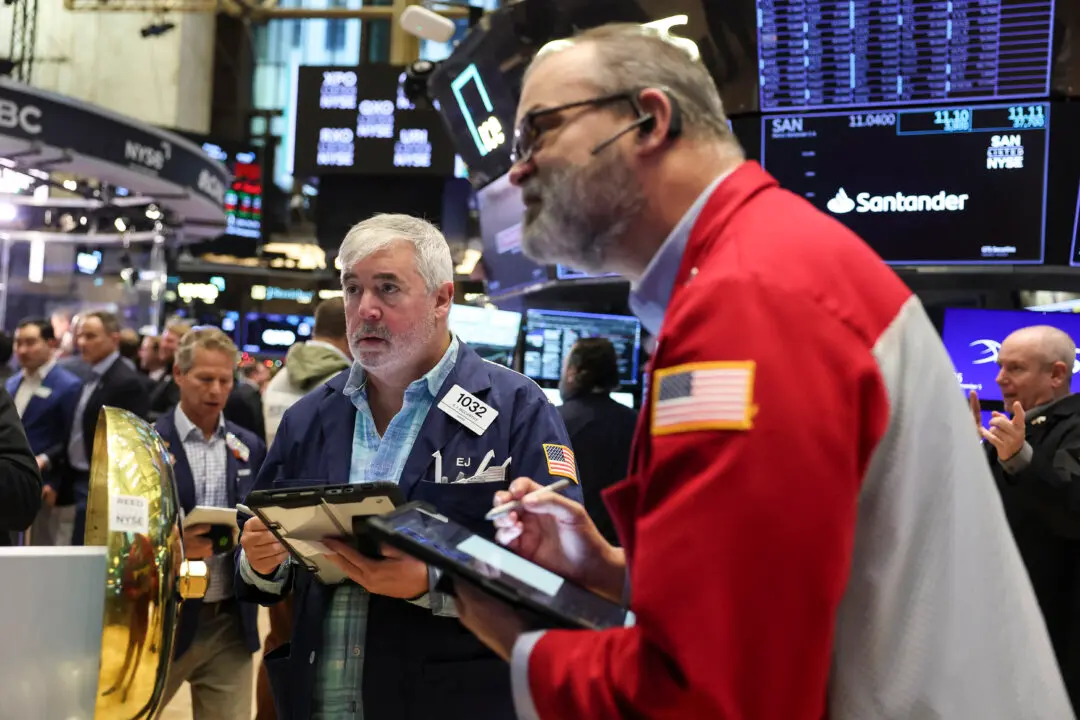Commentary
Federal Reserve data show that $174.5 billion of deposits left the banking system in the week after Silicon Valley Bank collapsed. Most of the money went to money-market funds, as Bloomberg shows that assets in this class rose by $121 billion in the same period.





